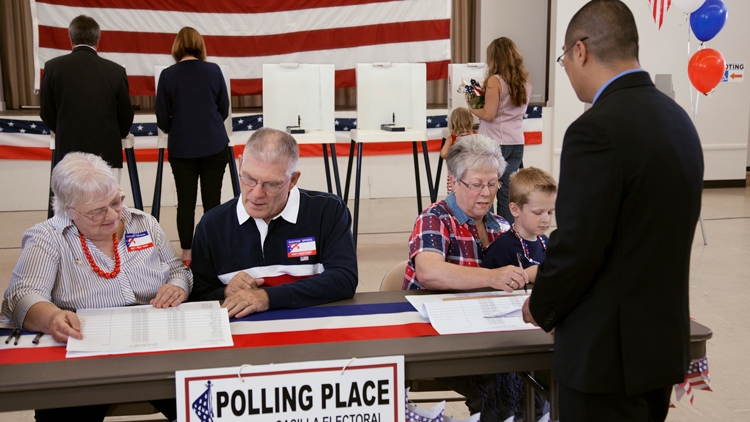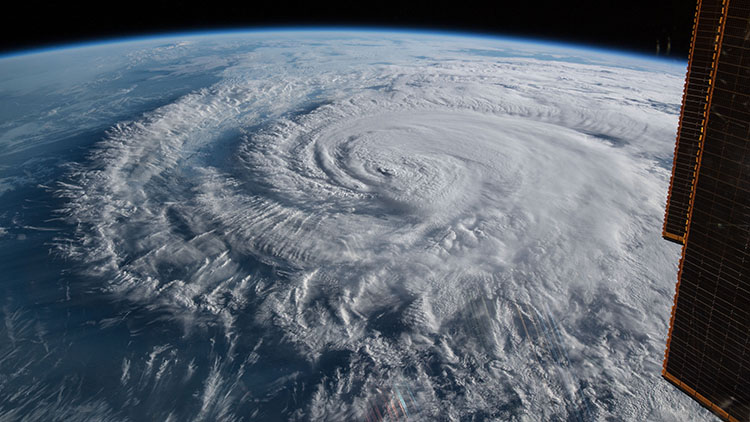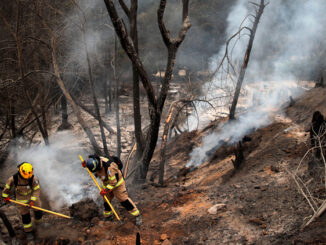How Do Elections Work?

To vote, you must be 18 years old on or before election day. You must be registered to vote, and you must meet your state’s residency requirements. You also must be a US citizen. All American citizens have the right to vote. This includes citizens living outside of the United States. People with dual citizenship can also vote. Dual citizens are American citizens as well as citizens of another country. In some states, a voter ID card is also required.
Although there are federal laws, such as the Voting Rights Act of 1965, that guide elections and the voting process, the US Constitution gives individual states the power to determine most election rules and laws. In many states, the Secretary of State oversees elections. Other states have a Department of Elections or Board of Elections. Residents should check their state government website for the most up-to-date election rules and laws. A searchable list of government elections websites for states and territories can be found at usa.gov.
There are many ways people vote. In the past, nearly all voters traveled to a polling location on Election Day to cast their ballot. In recent years, cities, states, and tribal nations have begun offering a variety of ways for people to vote. No matter how one does it, your vote is always secret. Here’s a list of terms frequently used to describe voting habits:
- In-person voting The voter goes to a polling location to cast a ballot, typically by filling out a paper ballot or by using an electronic voting machine.
- Absentee voting The voter fills out a ballot remotely and returns it either by mail or to a ballot drop box. Depending on where one lives, absentee voters may be required to provide a reason for needing to vote by mail. However, many voters may only need to request an absentee ballot to vote by mail.
- Early voting The voter goes to a polling location prior to Election Day to cast their ballot.
Many Americans are understandably concerned about voter fraud. This is when someone casts a vote illegally. However, instances of voter fraud are rare, and states are very good at resolving these cases. States have many safeguards in place to ensure that elections are fair. These measures include:
- “chain of custody” procedures to protect the transfer of in-person and absentee ballots from voters to the election workers and machines counting them;
- allowing representatives from political parties to be present as votes are being counted;
- rigorous auditing processes to correct any errors that may occur in the reporting of election information.
Before Election Day, registered voters may receive a voter registration card. This card will provide them with key voting information, such as their polling location, what state and US congressional districts they will vote in, and more. If a voter is unsure of their registration status, they can check their state or city elections website to find out.
As you discuss how elections work with students, ask them:
- Why does it matter that we have processes in place for voting?
- Why do we have more than one way to vote? Is it important?
- Why are ballots secret?
Use the number buttons below to go from topic to topic. Let’s keep going.
Photo Credit: Hill Street Studios/Blend Images LLC/Glow Images



